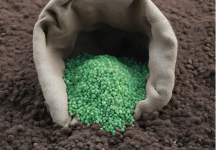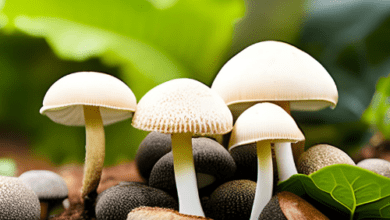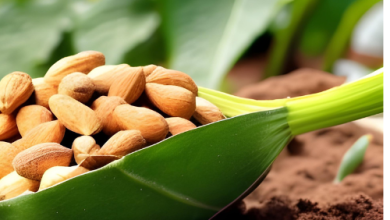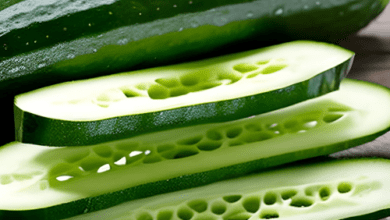With this Rahar variety, the harvest will be ready in only a few days
Pusa 16 Arhar: The Kharif season is when Arhar, Moong, and Urad are grown as pulse crops. In contrast, the rabi season is when gram, lentils, kidney beans, and peas are grown. Farmers are presently growing arhar in the Kharif season because it plays a significant role in pulse crops. Farmers may then plant the Pusa Arhar-16 type of Arhar. This cultivar takes 120 days to mature.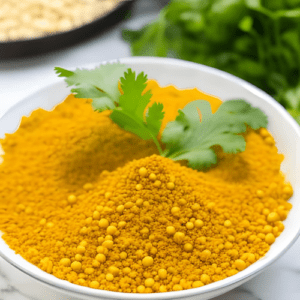
Will be able to plant more crops
Pigeon pea farming is never without its challenges. The only explanation is the lengthy longevity of this crop. As a result, farmers are unable to plant other crops. However, scientists have created several Arhar kinds that produce well and are ready in a shorter amount of time. The Indian Agricultural Research Institute, New Delhi, has created the 120-day-ready arhar variety Pusa-16. Other Arhar types, however, need up to 280 days to prepare. Farmers may also plant other crops at the same time they are planting this new type.
A good planting season in these states
In Punjab, Haryana, Western Uttar Pradesh, and Rajasthan, this type may be sown. The weight of 100 grains is around 7.4 grams, and the average production is around 20 quintals per hectare.
On this soil, sow
It’s best to plant this species of Pusa Arhar on sandy loam soil. A field with good drainage and a slope should be chosen for sowing. This variety’s seed may be sown at a rate of 10–12 kg per acre. Only plant the seeds after seed treatment to protect the crop from various illnesses. Pusa Arhar-16 must be sown with 30 cm between the lines. Plants have to be spaced apart by 10 cm. It is recommended to sow while maintaining a distance from Pigeon peas planting on ridges aids in preventing waterlogging and mildew infections. Per kilogram of pigeon pea seeds, 2.5 grams of thiram and 2 grams of carbendazim should be applied before planting.
Will profit from this harvest
After seed treatment with a Rhizobium culture, there is no risk of mildew illnesses. If farmers so want, they may fertilize a one-hectare field with a combination of 10-15 kilogram nitrogen, 40–50 kg phosphorus, and 20 kg sulfur to increase yields.
Recall that fertilizers should only be used after consulting professionals. The soil becomes more fertile after Pusa Arhar-16 cultivation, which favors the next crop.


